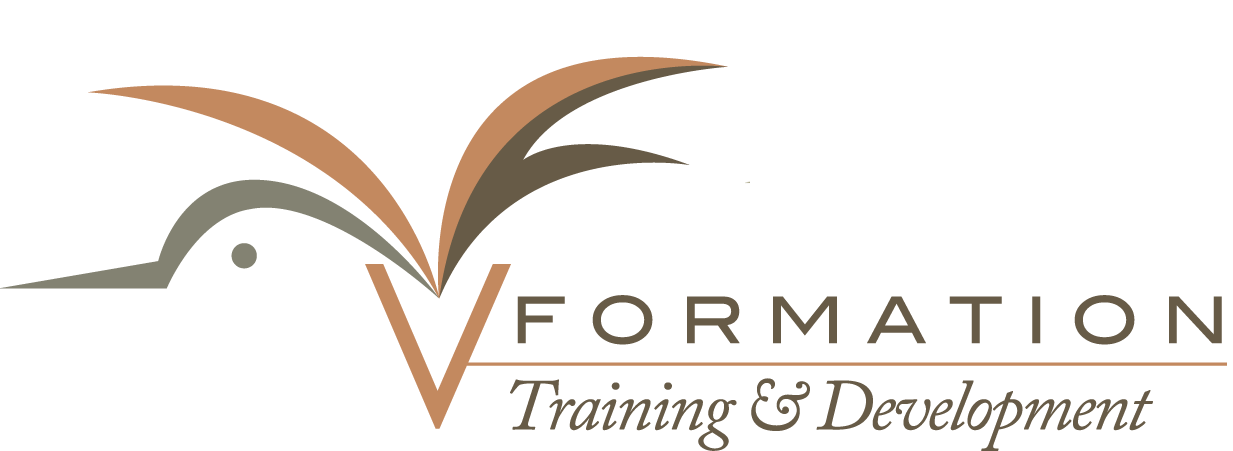
Blog
Objection Handling: The 3 Powerful Tools for Accessing the “YES’s” Within the “NO’s”
Let’s face it!!!! We all hate the feeling of rejection. The problem is that it seems to be an inevitable part of life and unfortunately for many of us, it can ruin our day, our week, our month, and sometimes our year. Objection handling has been a hot topic for many salespeople and it continues to be a consistent source of struggle. For example, when one is making “cold calls,” getting a rejection on the phone at 9 am and then making a call to a different customer at 9:15 with the “eye of the tiger” can be difficult for many.
I believe the biggest reason that customers object is fear of coming out of a comfort zone, in other words, the fear of change. This is natural for many and should be expected. Unfortunately, what creates the challenge is that this fear of change is often disguised with excuses as it often outweighs the discomfort of the present.
There are several reasons that customers object, but I firmly believe the “no” will fall into one of 4 categories and is based on something about the customer that is lacking:
1) A NEED is lackin g (maybe true but it is often a perception of the customer based on inadequate knowledge of what their current situation is and what is out there)
g (maybe true but it is often a perception of the customer based on inadequate knowledge of what their current situation is and what is out there)
2) A SENSE OF URGENCY is lacking (the customer has a need but is in no hurry to fill that need)
3) MONEY is lacking (product or service is above their budget or there are less expensive alternatives)
4) TRUST is lacking (no experience or bad experience with you, your company, your product, or your service, or they simply trust another option more)
So how do we deal with the “wall” we encounter in these situations and increase the “YES’s” ?
Here are 3 ideas that you can use to ease the situation, manage the emotion of the customer (when necessary) and successfully deal with the objection:
1) Mentally exist in their world (Pacing)
This technique can happen very quickly and its purpose is to simply send a message that you are aligned with their needs. Don’t react negatively. This means that we must manage our own emotions and body language in this very rapid pacing step. Deal with the customer’s emotion first if it applies. The customer doesn’t necessarily have to be angry, it may just be a calm objection. Don’t try to solve the issue until the customer is calm or they understand that you are on their side. After you hear the objection, your pacing statement can be:
“I understand…I would be upset too if that happened to me….”
OR
“That’s why I’m calling…….”
OR
“Thanks for bringing that to my attention…..”
Pacing is simply going with the flow of the conversation. The customer, in most cases, will  automatically feel that you are on their side and within seconds you can change their mood and get closer to a solution. Don’t try to change direction until you have paced.
automatically feel that you are on their side and within seconds you can change their mood and get closer to a solution. Don’t try to change direction until you have paced.
Just as an analogy, the right thing to do when we get caught up in a water current while swimming in the ocean or if we picked up a skid while driving is to simply go in the direction of the current or skid respectively. In conversation, the same rule applies….just as we paced the current and paced the skid…..pace the conversation!!!!
2) Using Transitio ns in the conversation (Leading)
ns in the conversation (Leading)
The step immediately follows pacing and it is where you are more easily able to change the direction of the conversation. This step can sound like this:
“Suppose we were able to solve that problem, is there anything else preventing you from using our product/service?”
This statement isolates the objection, therefore opening the door for you to present new information.
Here are some powerful statements/questions using both pacing and leading that can neutralize objections and provide offsetting benefits to the customer:
Comparison to a competitor
Example
Prospect says: “The competitor’s product has a longer shelf life…”
Response: “That may be true, however, let’s compare the two on _______, _______, and ________ (areas where you are strong and your competitor is weak) then we can see what will make the most sense for you.”
The idea here is to identify the weaknesses in the competition where you have corresponding strengths and to orient the conversation where the competitor is weak, where you are strong and the customer has needs. Instantly you will be differentiating yourself and filling a need.
Bad Experience
Example
Prospect says: “We were not satisfied with your product when we first tried it.”
Response: “I understand why that would have been inconvenienced, however, we’ve come a long way since then. We have instituted a Total Quality Management process to prevent things like that from happening in the future.
Change The Reasons For Their Decision
Depending on the nature of the objection, one of these may help as well:
“That is certainly important but what will you base your decision on, the …………(state the major benefit), or the …………(state the objection in minimal terms).”
the major benefit), or the …………(state the objection in minimal terms).”
or
“You know, a lot of people feel the same way you do, I felt the same way when I ……..What we found was ………..”
Example: “I know you’re concerned by the higher cost to use our services, but wouldn’t you prefer to lower your overall cost to use which far offsets the slightly higher cost to use?”
3) Be Ready (Knowledge and skills)
This third idea is critical to making the previous ideas useful and it will help you to have the mental and verbal agility to change minds. What I am talking about here is READINESS and it involves:
A) The knowledge you have about your product or service and how they can fill needs.
B) Your ability to be clear on where you stand out from competitors. In other words, pass the “SO WHAT” test. Have a clear value proposition in your head for not only the product or service you sell but for the company you work for as well. Be able to answer the question from the customer: “so what if you are less expensive and have high efficacy?”
To help differentiate yourself, here is a model that you can use to design a value proposition in 2 sentences. Insert your information into the areas I have in brackets (Adapted from burkealder.blogspot.com):
For ………(YOUR TARGET CUSTOMER),
who wants ……..(STATEMENT OF THE NEED OR OPPORTUNITY),
our ……..(PRODUCT/SERVICE)
is ……..(CATEGORY)
that ……….(STATEMENT OF BENEFIT).
Unlike ………..(COMPETITIVE ALTERNATIVES),
our ……….(PRODUCT/SERVICE)
will …………(STATEMENT OF PRIMARY DIFFERENTIATOR: WHAT WILL IT ALLOW THE CUSTOMER TO DO)
because of ……….(PROOF THAT BENEFITS CAN BE DELIVERED).
Here is an example of this model in action:
“For busy people who want to eat breakfast on the go without mess, our Fitzgerald’s BrekkieBar is a health bar, that provides a completely nutritious and delicious breakfast that you can eat anywhere.
Unlike grain bars and breakfast cereals, our BrekkieBar tastes like a full cooked breakfast is all-natural and has no fat or calories. This is because of our extensive research and innovative use of fruits as sweeteners that we have already used to produce a leading product in this market – Fitzgerald’s Fruit sticks – the all-in-one after-meal treat.”
Remember that the salesperson will not have to recite this, but simply be aware of where you could stand out from your competitors when the information is needed.
There is nothing more satisfying in sales and customer service than dealing with a representative who knows his/her product and service and can answer all of the customers’ questions on the spot. Remember; what upsets customers in most cases is not that they can’t get what they want but when they are not kept informed.
So while an objection is made, ensure that you get into the customer’s “world” through pacing and leading, know your product/service, and differentiate yourself.
Get the YES…..Go get ‘em!!!!!
 “Tony Ragoonanan is the Founder of V-Formation Training & Development. As a Trainer, Mentor and Performance Management Advisor, he helps individuals, teams and businesses to align behaviours and goals, create the right organizational culture and maximize capability. Outside of this, it’s all about family, football, and fitness!!”
“Tony Ragoonanan is the Founder of V-Formation Training & Development. As a Trainer, Mentor and Performance Management Advisor, he helps individuals, teams and businesses to align behaviours and goals, create the right organizational culture and maximize capability. Outside of this, it’s all about family, football, and fitness!!”
868-681-3492 | tonyr0909@gmail.com




Leave a reply